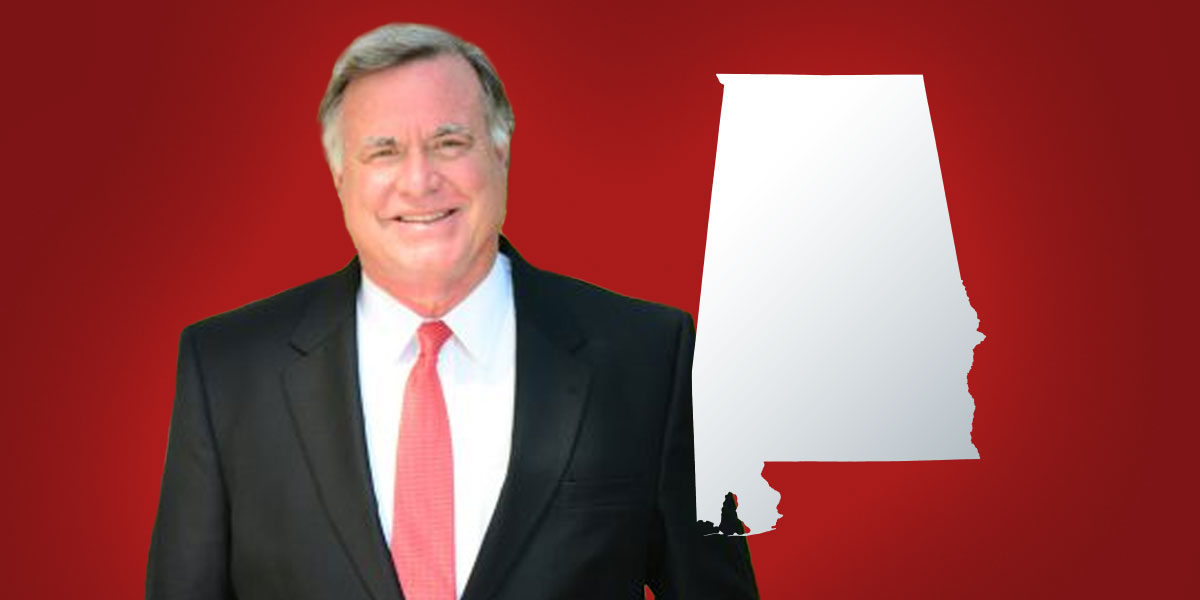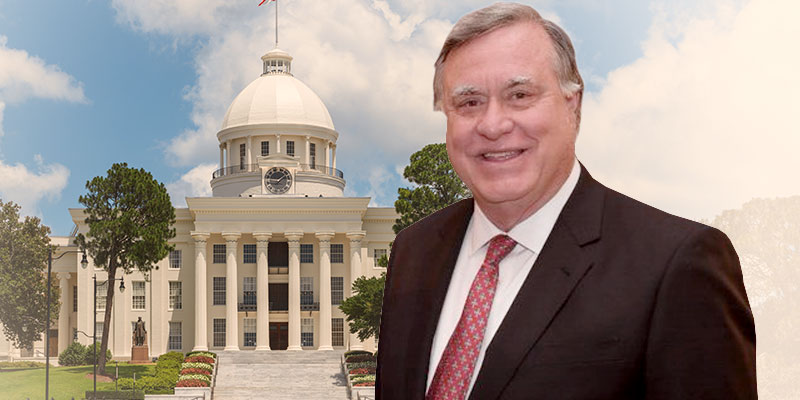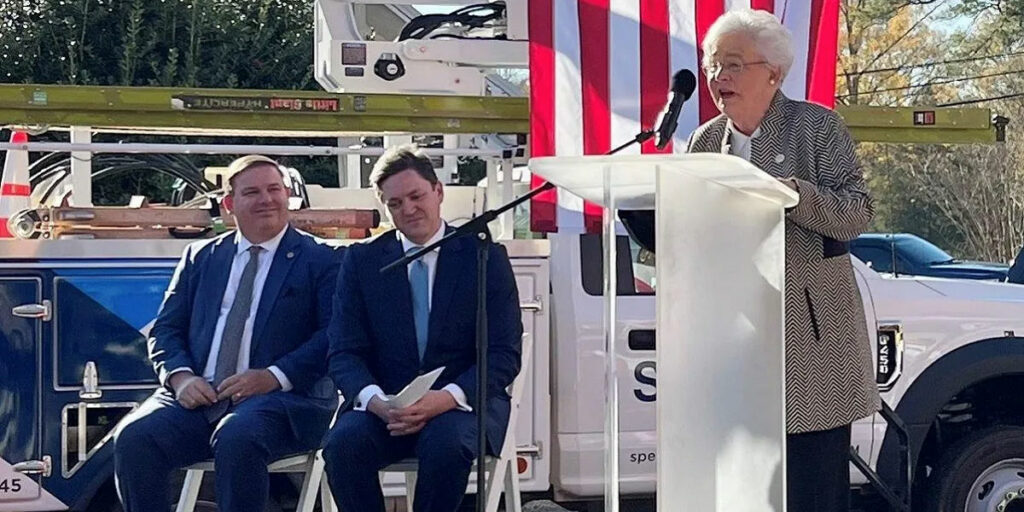Students of Alabama political history will rightly remember the 2022 midterm election.
This election saw the majority of Alabama voters cast their ballots for Katie Britt, who will be the first woman elected to represent Alabama in the U.S. Senate. Governor Kay Ivey easily coasted to victory to gain her second full term in office, continuing her reign as the first Republican woman to serve as Governor.
Republicans from the top of the ballot on down cemented their control of the state government by huge margins.
On top of all this, I suspect that students of Alabama politics will also note 2022 as the year that a new political force emerged on the scene. For the first time this cycle, the Alabama Big 10 Mayors – as the name suggests, the mayors of the state’s ten biggest cities – flexed their political muscle and put their support behind the Aniah’s Law constitutional amendment, which received a staggering 1,018,004 “yes” votes, more than any other item on the ballot.
For those who are not aware of this emerging new group, the mayors of Alabama’s ten biggest cities joined together to use their collective influence to advocate for public policy positions that they believe will make Alabama a safer, more prosperous state.
If you happen to live in the metro areas of Birmingham, Huntsville, Madison, Mobile, Montgomery, Auburn, Tuscaloosa, Dothan, Hoover or Decatur – you live in the orbit of this group’s sphere of influence.
While these mayors have been meeting regularly for several years to discuss issues like crime, infrastructure, and economic development, this election cycle marks the first time they have weighed in on electoral politics.
Through a focus on local media, these mayors were able to ensure that this popular proposal stayed top-of-mind for Alabama voters. In fact, the late push against the referendum from both the far left and far right of the political spectrum was likely a reaction to the media coverage and public support that these mayors generated.
Their advantage is not just in the media. They are a bipartisan group, with credibility on both the right and left sides of the aisle. They are popular, and many are serving their third or even fourth terms.
They are geographically diverse, with representation from Huntsville to Mobile to the Wiregrass. Finally, they represent a whole lot of Alabamians – approximately 75% percent of the state lives in one of their metro areas.
As our state works to attract new residents and grapple with brain drain, policymakers would do well to listen to what these mayors have to say.
It is clear that the future of Alabama depends on successful cities that can attract and retain the types of people who work in our booming space, medical research, and advanced manufacturing industries. Ignoring our cities is a recipe for decreasing competitiveness across the state.
If you think we are a rural, small town state you are mistaken. In case you missed my earlier statement, a clear three-fourths of all Alabamians now live in one of our 10 major cities in the state.
Most of the real governing in the state is done by mayors. Being mayor of a city is where the rubber meets the road. It is the governmental constant where everyday problems are resolved.
The gentlemen who comprise the group of the Big 10 mayors are hardworking, true public servants. They are doing their job day-in-and-day-out without fanfare and without an eye towards moving up statewide or to Washington. They love their cities and are governing them well.
Representing the largest cities in Alabama, the Big 10 mayors include Auburn Mayor Ron Anders, Birmingham Mayor Randall Woodfin, Decatur Mayor Tab Bowling, Dothan Mayor Mark Saliba, Hoover Mayor Frank Brocato, Huntsville Mayor Tommy Battle, Madison Mayor Paul Finley, Mobile Mayor Sandy Stimpson, Montgomery Mayor Steven Reed, and Tuscaloosa Mayor Walt Maddox.
It is interesting and noteworthy that two of the Big 10 cities are suburban enclaves of two of our large metropolitan areas. Hoover is one of the largest cities in the state and is an outgrowth of Birmingham. If census trends continue the next 10 years the same as the last, Hoover may be a larger city than Birmingham. It more than likely will be in 20 years.
However, if those same trends stay in place Huntsville will continue to be Alabama’s largest city. One of the most revealing things to note is that Madison, a suburb of Huntsville, is one of the 10 largest cities in Alabama.
The Big 10 Mayors should have a big story for a long time to come.
See you next week.
Steve Flowers is a political columnist, Alabama historian, and former state representative








